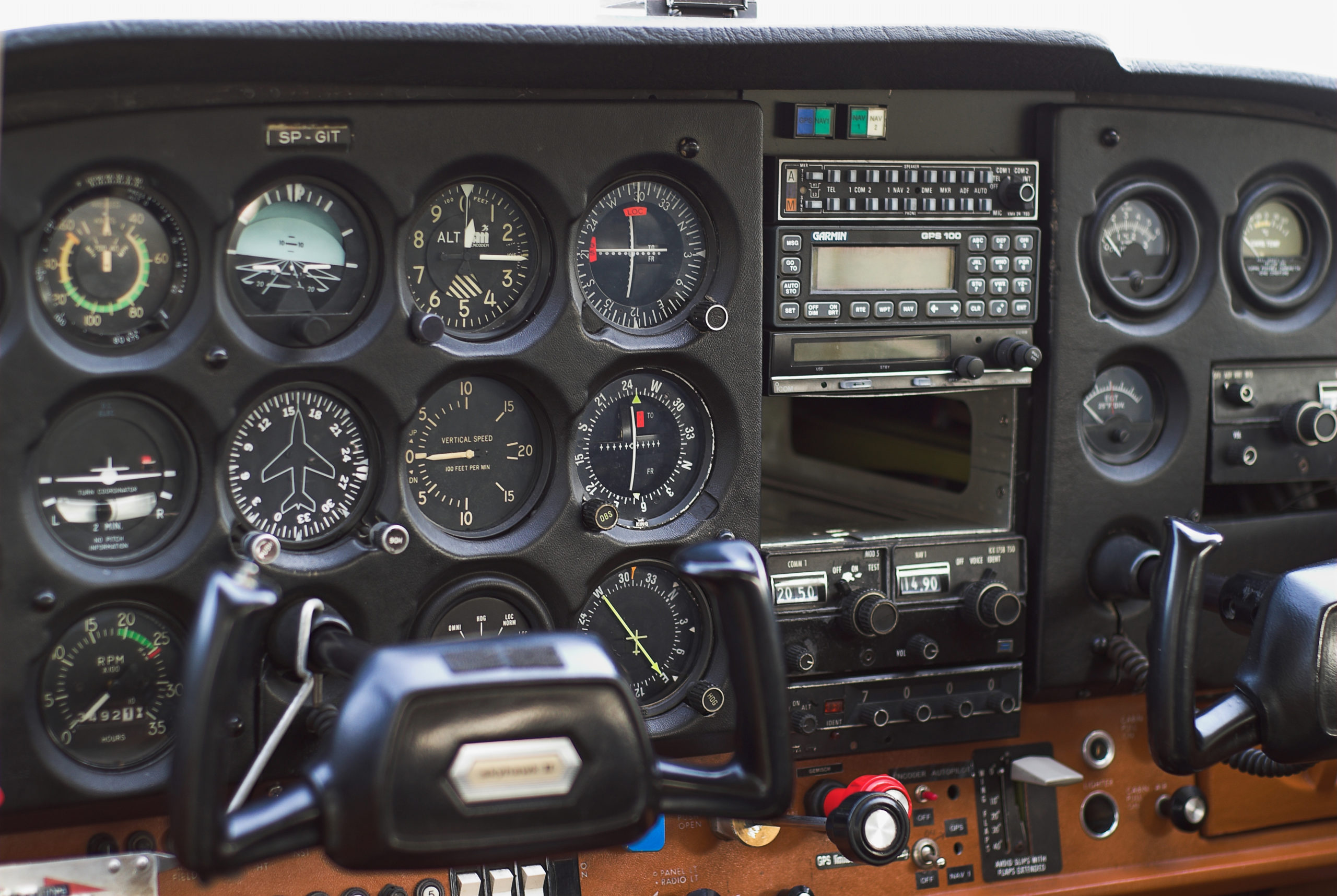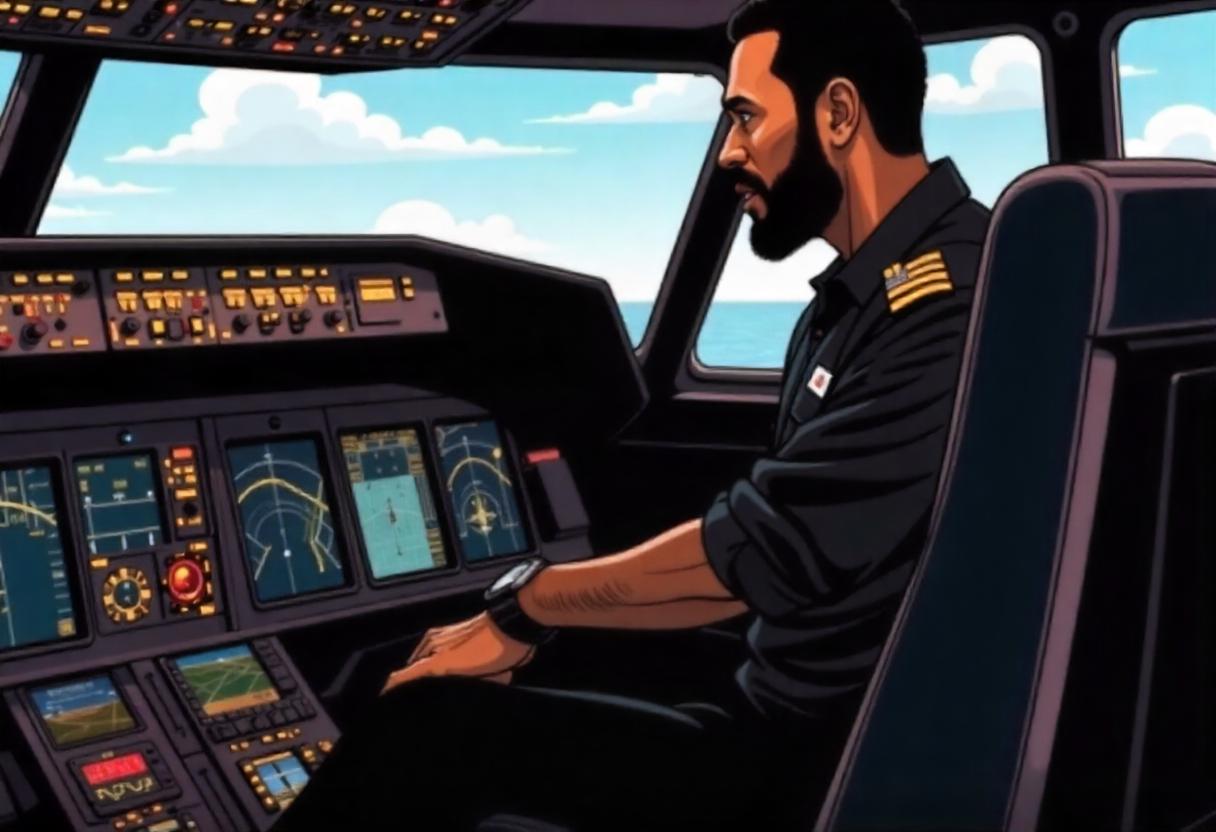 How Long Does It Take to Become an Airline Pilot?
How Long Does It Take to Become an Airline Pilot?
The typical timeline for someone starting with no flight experience to become an airline pilot is 3 to 4 years. With a full-time, focused approach, it’s possible to complete the journey in as little as 2 years. On the other hand, those training part-time may take 4 to 5 years.
Ultimately, the 2–5 year range depends on your schedule, resources, and personal goals.
 Do You Need a College Degree to Fly for the Airlines?
Do You Need a College Degree to Fly for the Airlines?
To fly for a major airline like Delta, United, or American, a bachelor’s degree is recommended—but it can be in any subject. While regional airlines do not require a degree, having one can still improve your career prospects and long-term flexibility.
 Earn Your Degree and Flight Ratings at the Same Time
Earn Your Degree and Flight Ratings at the Same Time
If you're a recent high school graduate planning to pursue a college degree, you can combine a 4-year university program with pilot training. Select universities offer degrees in Aviation Science or Aviation Management, where you'll earn academic credit while progressing through all required flight ratings—from Private Pilot to Certified Flight Instructor (CFI).
Many of these programs are partnered with regional airlines, providing direct pathways to employment upon graduation. By the time you finish your degree, you'll not only hold a bachelor's, but also the experience and certifications to begin your airline career.
Would you like this version included in a downloadable “Path to the Airlines” guide or used on your course sales page?
BEWARE OF PART 141 FLIGHT SCHOOLS PROMISING YOU AN AIRLINE CAREER

 A Closer Look at Part 141 Flight Schools: Is It the Right Fit for You?
A Closer Look at Part 141 Flight Schools: Is It the Right Fit for You?
There are many Part 141 flight schools that offer fast-track programs designed to take students from zero experience to airline-ready in just 2 years. These schools often provide in-house financing options or help connect students with lenders to fund their training.
While this may sound like the ideal path, it’s important to understand that this route isn’t right for everyone, and there are some potential drawbacks to consider.
 Financial Risk if You Don’t Complete the Program
Financial Risk if You Don’t Complete the Program
If you take out a loan and later decide flight training isn’t for you, you're still responsible for repaying the full amount—often with payments beginning shortly after you exit the program. For those who leave early, this can lead to significant financial stress without a career path to justify the investment.
 Pilot Mills and High Dropout Rates
Pilot Mills and High Dropout Rates
Some fast-track Part 141 schools operate more like pilot mills, enrolling as many students as possible with little focus on individual success. This results in high dropout rates, as many students struggle with the pace and pressure of the training environment.
The intense, one-size-fits-all structure of these programs can make it difficult for students who need a more personalized approach to learning.
 Full-Time Commitment With Little Flexibility
Full-Time Commitment With Little Flexibility
Accelerated programs require full-time dedication—often leaving little room for work, social life, or family time. If you’re newly married, have other responsibilities, or thrive in a more balanced lifestyle, this kind of program may not be ideal.
Students are frequently pushed through rigid stage checks on tight timelines, and failure to meet performance benchmarks can result in being removed from the program entirely.
 Choose a School That Matches Your Learning Style
Choose a School That Matches Your Learning Style
Not everyone learns at the same pace. A good training environment should adapt to you—not the other way around. The best flight schools are those that combine high-quality instruction with a flexible, student-centered approach that respects individual goals and circumstances.
Before committing to any school, ask:
- Can I learn at my own pace?
- What support systems are in place?
- What happens if I fall behind?
 The Bottom Line
The Bottom Line
Fast-track programs can work well for the right student—but they aren’t the only path to the airlines. Choose a program that aligns with your lifestyle, learning style, and long-term career goals. Remember, flight training is a personal journey, and success depends on more than just speed—it depends on fit.
Would you like this version turned into a comparison guide or infographic for your course or website?
FIND FLIGHT SCHOOLS THAT CATER TO YOU


When it comes to learning how to fly, one size does not fit all. That’s why it’s essential to find a flight school and instructor that match your learning pace, budget, and lifestyle.
Many aspiring pilots find success at local Part 61 flight schools or flying clubs. These smaller, community-based schools often offer more flexible training schedules and personalized instruction, making them ideal for students who need to train part-time or juggle work and family responsibilities.
 Why Local Flight Schools Often Offer Better Instruction
Why Local Flight Schools Often Offer Better Instruction
At large Part 141 flight schools, you may find newer aircraft and structured programs—but the instruction is often delivered by young, newly certified flight instructors who are simply building hours to get to the airlines.
In contrast, local flight schools tend to have more experienced instructors who:
- Tailor lessons to your pace
- Understand how to teach a variety of learners
- Genuinely care about your progress, not just their logbook
These instructors are often long-term professionals who provide consistent guidance, and they may be more available to answer questions, reschedule lessons, or help you overcome training challenges.
 The Trade-Off: Cost vs. Flexibility
The Trade-Off: Cost vs. Flexibility
One downside of many Part 61 schools is that they don’t qualify for federal financial aid, so you'll need to fund your training through:
- Personal savings
- Income from a job
- Scholarships
- Private loans
However, the trade-off is that you can train affordably at your own pace, avoiding large debt loads and high-pressure programs.
 Evaluate Each School Carefully
Evaluate Each School Carefully
Before committing to any flight school, ask yourself:
- Can I train full-time, or do I need a flexible schedule?
- Do I have the financial means to commit full-time, or should I pay as I go?
- Do I need an instructor who can adapt to my learning style?
- What kind of training environment will help me succeed?
Also, go online and read reviews from former students. Tour the school, speak with instructors, and ask about student success rates. A flashy facility doesn’t always equal better training.
 Training at Your Own Pace Has Advantages
Training at Your Own Pace Has Advantages
Many students choose to work or attend school while training, taking lessons as their budget allows. This pay-as-you-go method:
- Reduces financial stress
- Allows for steady progress
- Often results in a stronger relationship with your instructor
- Helps avoid burnout and debt
 Bottom Line: Choose What Works Best for You
Bottom Line: Choose What Works Best for You
Fast-track schools work well for some, but they’re not the only path to success. Your flight training should align with your goals, budget, and schedule. The best pilot is one who trained at their own pace, with the right instructor, and finished confident, capable, and debt-smart.
Would you like this version formatted into a PDF checklist, blog article, or info page for your course or website?


If you're starting from zero flight experience, the typical timeline to become airline-ready is 3 to 4 years. But before you dive in, take your time earning your Private Pilot License (PPL) — this is your foundation and one of the most important decisions in your aviation journey.
Use this phase to determine if a flying career is truly right for you. The Private Pilot License sets the tone for the rest of your training, so it's essential that you build a solid foundation. And importantly, avoid going into debt for your PPL. If you decide that aviation isn’t the right path, you won’t be burdened with unnecessary financial stress.
 Start at a Local Flight School or Flying Club
Start at a Local Flight School or Flying Club
Most local Part 61 flight schools and flying clubs offer excellent instruction for the Private Pilot License. A skilled, supportive instructor can ignite your passion for flying, while a poor experience can discourage you before you've truly started.
Choose a school with experienced, student-focused instructors who take the time to guide you at your pace. A positive learning environment during your PPL training can make all the difference.
 Continue Building With Familiar Instructors
Continue Building With Familiar Instructors
Once you’ve earned your PPL, consider staying with the same school — or an instructor they recommend — to pursue your Instrument Rating and Commercial Pilot License. Training at a school you know and trust can improve both your confidence and your learning outcomes.
 Secure Financing Before You Advance
Secure Financing Before You Advance
As you move beyond your Private Pilot License, the costs increase. Be proactive and arrange your financing early, whether through savings, private loans, scholarships, or structured payment plans. This allows you to focus on flying — not financial uncertainty — as you work toward your professional pilot goals.

Comments are closed.